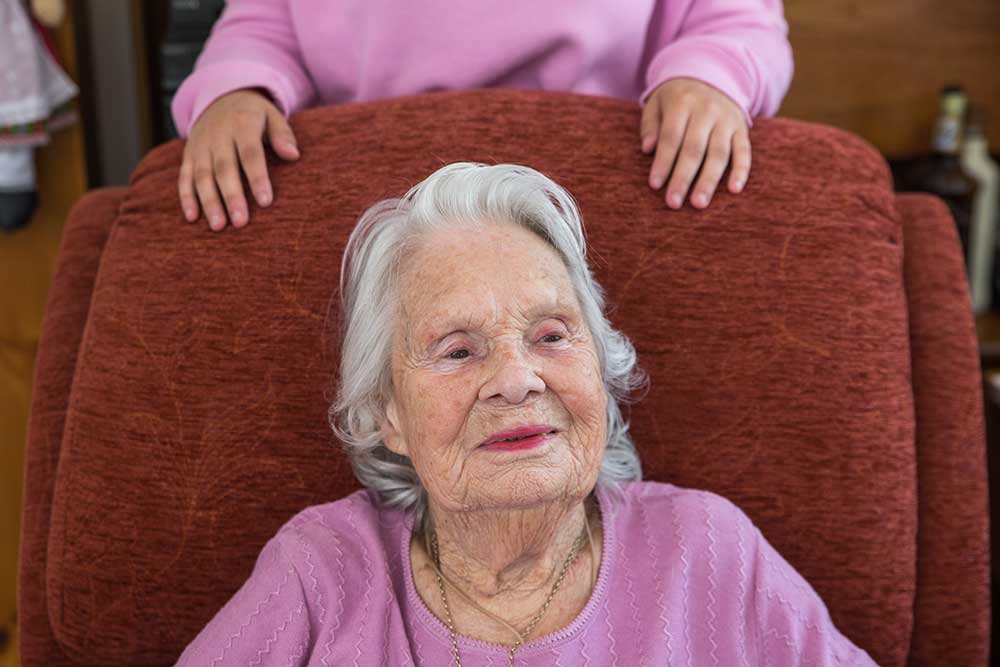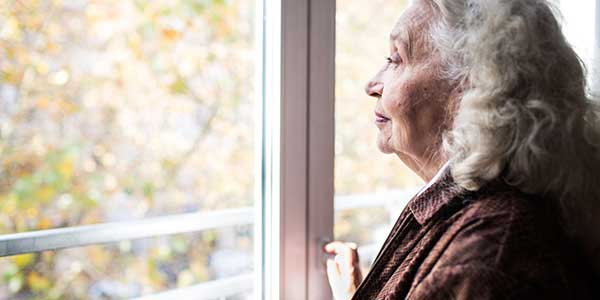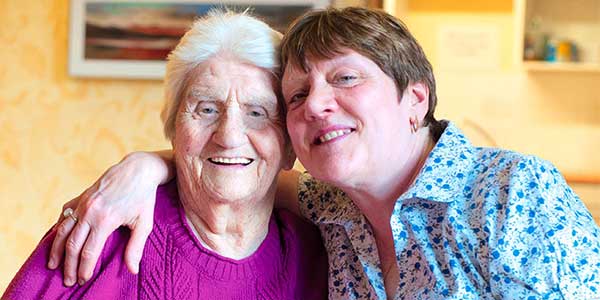10 ways that Wellbeing Teams are different

The purpose of Wellbeing Teams is to help people live well at home and be part of their community. Here are 10 ways that Wellbeing Teams are different from traditional care.
1. Wellbeing Teams are self-managing
Self-management removes layers of hierarchy, keeps decisions closer to people themselves, and means team members can be more flexible and responsive. The roles that would have been done by a manager are shared by team members, with coaching and support from the Wellbeing Leader. Each team member has a buddy who both supports and challenges them to be at their best at work. Wellbeing Teams were the first self-managing teams to be inspected by CQC.
2. Wellbeing Teams know what matters to each person, and co-produce support that reflects this
Wellbeing Workers know what people’s strengths, passions and interests are, and the detail of how they want to be supported, their way. Wellbeing Teams use person-centred thinking tools to learn about what matters to each person everyone has a one-page profile to describe what matters to them and how they want to be supported. They support people to have as much choice and control over their lives and support as possible.
3. Wellbeing Teams use the Support Sequence to deliver outcomes
Wellbeing Teams work with the people they support to explore a range of options for achieving their outcomes, and to make sure that the support they are delivering is as efficient and effective as possible. This sequence starts with self-care and technology, then considers aids and adaptations, thinking about support from family, friends and what is happening in the community, before looking at paid support.
4. Wellbeing Teams are part of Circle Family
Wellbeing Teams partnered with Community Circles and HMR Circle to create Circle Family. This is based on Hilary Cottam’s work, and is a local monthly programme of community events and opportunities to meet other people who share your interests. Wellbeing Workers are encouraged to share their hobbies, interests and passions with people we support and the local community through Circle Family.
5. Wellbeing Teams are neighbourhood-based
This means Wellbeing Teams members get to know their community very well – the people, places, resources and services. It also means Wellbeing Workers spend less time travelling, and more time delivering support.
6. Wellbeing Teams stay connected through meeting each week
Wellbeing Teams have weekly team meetings that are very different to traditional team meetings. They are based on a style of self-management called Holacracy. Meetings start with a check in, a minute of mindfulness, and then the ‘Living Well at Home Board’ to reflect on people’s wellbeing. The teams look at metrics about their performance, and raise and address any tensions. These team meetings are the beating heart of self-management.
7. Wellbeing Teams use technology
Wellbeing Teams are confident using technology, and this includes wearables, Virtual Reality and Alexa. Team members have smart phones and use a secure App to record the support they deliver, and stay in touch using another App called ‘Slack’. Wellbeing Teams were the first organisation delivering care at home to use electric bikes.
8. Wellbeing matters – for people and for the team
Team members develop Wellbeing Plans usually as part of their induction. They have a buddy who supports them in their wellbeing goals. Wellbeing Teams pay attention to the ‘Five Ways to Wellbeing’,for people who are supported and colleagues.
9. Wellbeing Teams use Value-Based Recruitment
Wellbeing Teams use Value-Based Recruitment to find great colleagues, winning three national awards for their approach. It means that instead of C.Vs and interviews, Wellbeing Teams recruit through conversations and workshops, intentionally looking for people from outside of health and care, who align with our values.
10. Wellbeing Workers are supported to bring their whole self to work
Wellbeing Workers are encouraged to bring their whole selves to work and this starts with developing their one-page profile instead of using a CV in recruitment. In induction people share their work time-line, and talk about their hobbies and interests. Team members have opportunities to use these through Circle Family and in other ways.


